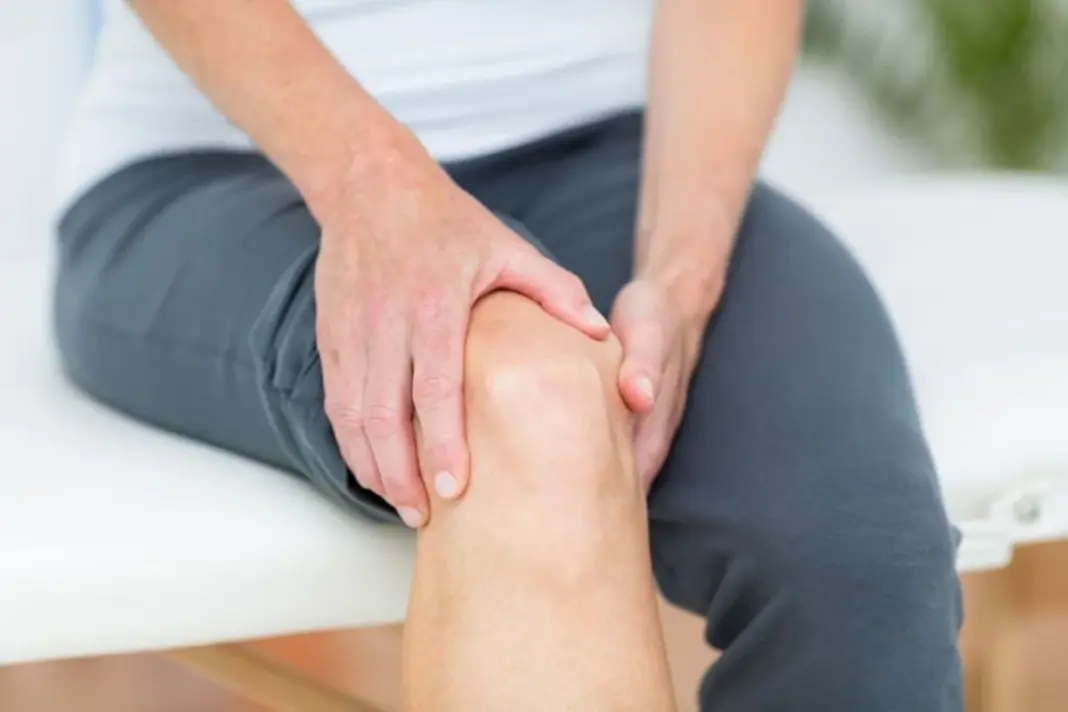Struggling with stiff or aching knees that make even a short walk feel like a marathon? You’re not alone. Knee pain affects people of all ages and can turn simple tasks, such as climbing stairs or standing for long periods, into daily obstacles. But experts emphasize that relief isn’t just possible, it’s within your control.
By adopting a few proven practices, you can strengthen your joints, reduce discomfort, and regain the freedom to move with ease. Discover how consistent care and clever lifestyle tweaks can help you protect your knees and enjoy a pain-free, active life for years to come.
Expert Tips For Knee Pain Management And Relief
Knee pain is common, but it doesn’t need to control everyday life. With the proper care, strength returns, and mobility improves. Dr. Tanmay Kumar Capri posted a video explaining that knee pain can be a real obstacle, but the right approach keeps them strong and pain-free.
Here are four science-backed tips:
- Reduce Your Weight: Excess weight puts extra strain on your knees, further straining them. Each added kg puts nearly four times more pressure. Shedding weight lowers the risk of osteoarthritis and naturally eases discomfort. A balanced diet combined with regular physical activity is essential here.
- Strengthen Your Muscles: Stable knees originate from strong quadriceps, gluteal muscles, and hamstrings. Choose squats, step-ups, bridges, or leg raises. Muscle support lowers the chances of sudden strain while maintaining smooth mobility.
- Boost Calcium & Vitamin D: Bone strength protects long-term joint health. Nutrient-rich foods, such as dairy products, leafy greens, nuts, and seeds, along with adequate sun exposure, help maintain bone density and prevent weakness.
- Improve Flexibility & Mobility: Stiff joints limit daily ease. Regular yoga, gentle stretches, and mobility drills loosen tension and keep movement fluid. Exercises such as knee-to-chest or hamstring stretches are effective choices.
Understanding Knee Pain Causes: Why Joints Become Vulnerable
The knee is a powerful joint, but constant use makes it prone to damage. Everyday wear or hidden habits can lead to pain.
- Aging and Injury: Time reduces cartilage strength. Past injuries resurface, showing pain even years later.
- Arthritis and Overuse: Inflammation or continuous stress can break down tissue more quickly. Heavy workouts or long hours of repetitive moves worsen the situation.
- Lifestyle risk factors, including obesity, poor posture, and inactivity, directly impact joint health and mobility. Weight management and regular physical activity help protect the knees from strain.
Recognizing Knee Pain Symptoms: When To Seek Help
Early recognition changes recovery outcomes. Ignoring initial signals can lead to more significant complications later.
- Swelling: A joint that appears swollen requires immediate attention.
- Stiffness: Morning stiffness that lasts a long time signals joint issues.
- Clicking Sounds: A clicking or grinding sensation often appears with cartilage wear.
- Instability: If your knees buckle suddenly, it is time to seek medical advice.
Daily Habits That Can Prevent Knee Pain Naturally
Daily routines influence joint health and mobility more than recognized. Correct footwear with strong cushioning provides steady support to protect the knees. Consistent stretching helps decrease stiffness and maintain proper posture alignment. Balanced weight management prevents knee pain by keeping pressure low.
Even minor adjustments in walking style, sitting posture, or taking standing breaks can help maintain joint health. These natural steps strengthen mobility while reducing dependence on medical treatment.
Knee Pain Management requires steady choices, not quick fixes. To prevent knee pain, follow expert advice on knee care and protect your long-term joint health and mobility.


